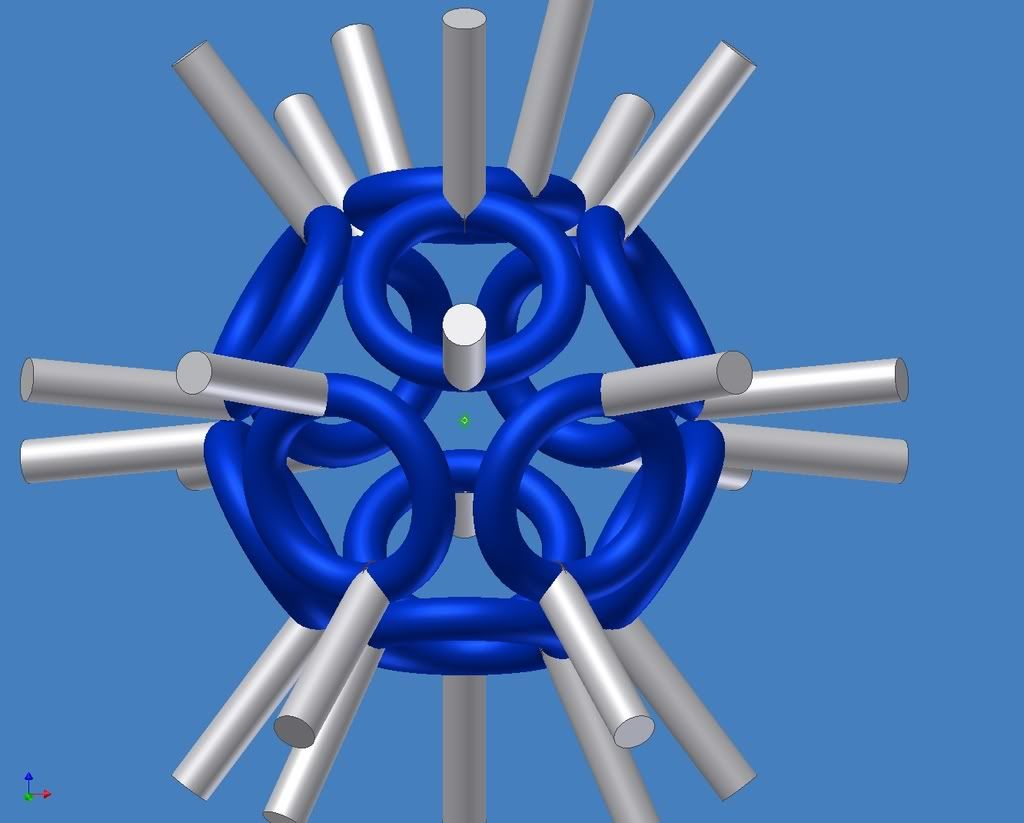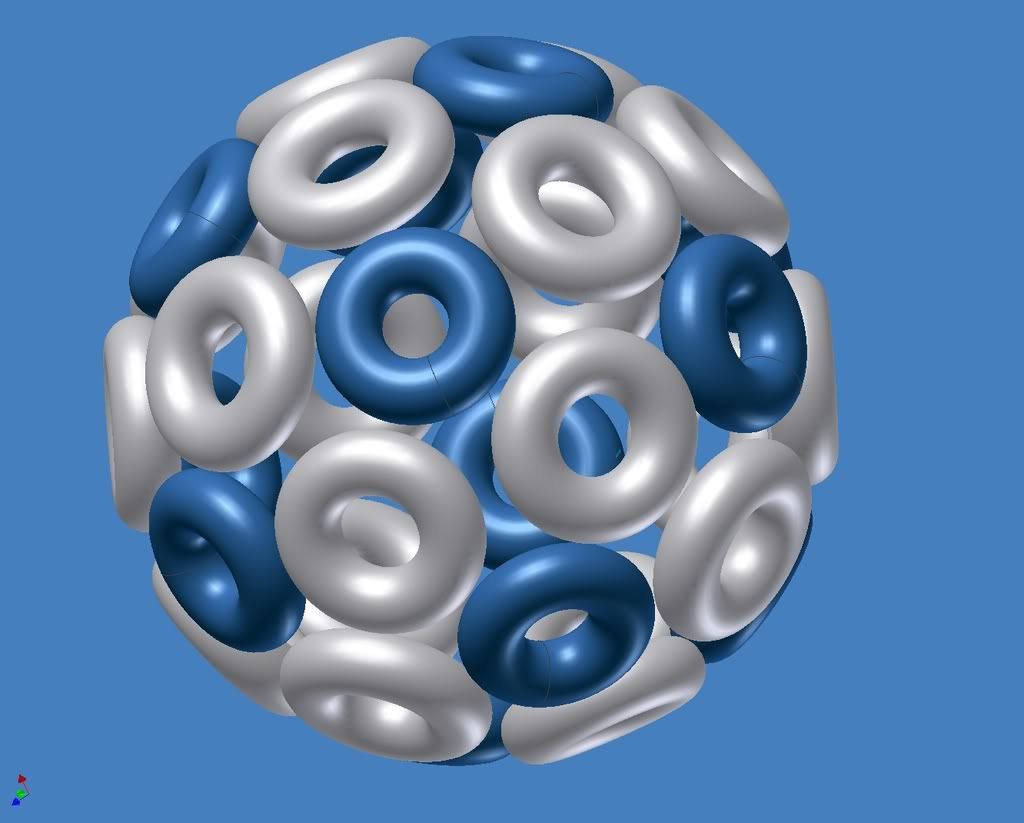Ive' been scanning the net for 15 minutes for something that says that's "normal", but I didn't find anything. I did find this though:
http://pipeline.corante.com/archives/20 ... _tanks.php
An exploding LN2 tank, it's quite an amazing story. Kinda makes ya want to be sure the temperature gradient across all the layers has plenty of flexibility.
(edit: fix url)
Details On The WB-7 Experiments
Kinda makes ya want to have pressure relief valves and rupture discs installed.drmike wrote:Ive' been scanning the net for 15 minutes for something that says that's "normal", but I didn't find anything. I did find this though:
http://pipeline.corante.com/archives/20 ... _tanks.php
An exploding LN2 tank, it's quite an amazing story. Kinda makes ya want to be sure the temperature gradient across all the layers has plenty of flexibility.
(edit: fix url)
Stuck on stupid kinda fits.
Engineering is the art of making what you want from what you can get at a profit.
Dave it would take several weeks of 12 hour days to get the balance right because of all the interrelations. I'm going to need people experienced with experimental reactors, mechanical engineers, fabrication experts, etc., and $$$ to tackle it. Dr. B. thought 6" dia. I'm thinking 8" or a little more.TallDave wrote:Yeah, lots of curves in a truncated dodec. Should be very interesting times for the machining folk.
Do we have any idea what kind of concentric diameters we're looking at for a 100MW design?
Engineering is the art of making what you want from what you can get at a profit.
Here's what your 8" dia coils and feedlines look like on a 2 meter dodecahedron.

They are mighty fat.
If you truncate it and add 20 more coils at the icosohedron points it gets well nigh impossible.
It may as well be a closed box machine at that point.
I'm afraid as they get bigger they will intercept more energy which makes them bigger still.
It may be a slippery slope down to a dead end.
It all depends on whether that little infinite series approaches a limit.
Incandescent light bulb filaments are insulated by making them very thin so they have very little surface area to lose heat through.
We need to work really hard to simplify and shrink those conductors.
I can't imagine (yet) how to fabricate those monsters.
(I made the feed lines radial, aligned with the center, but made no attempt to avoid maximum plasma density, to make realistic transitions, insulators, feed throughs etc. etc.
The wide diameter does have the advantage of resisting buckling loads from the mechanical forces.)

They are mighty fat.
If you truncate it and add 20 more coils at the icosohedron points it gets well nigh impossible.
It may as well be a closed box machine at that point.
I'm afraid as they get bigger they will intercept more energy which makes them bigger still.
It may be a slippery slope down to a dead end.
It all depends on whether that little infinite series approaches a limit.
Incandescent light bulb filaments are insulated by making them very thin so they have very little surface area to lose heat through.
We need to work really hard to simplify and shrink those conductors.
I can't imagine (yet) how to fabricate those monsters.
(I made the feed lines radial, aligned with the center, but made no attempt to avoid maximum plasma density, to make realistic transitions, insulators, feed throughs etc. etc.
The wide diameter does have the advantage of resisting buckling loads from the mechanical forces.)
Last edited by tombo on Thu May 15, 2008 6:23 pm, edited 1 time in total.
-Tom Boydston-
"If we knew what we were doing, it wouldn’t be called research, would it?" ~Albert Einstein
"If we knew what we were doing, it wouldn’t be called research, would it?" ~Albert Einstein
If I understand the geometry of the point cusps, there only needs to be a small space in the center of the polygons through which the field lines can flow, and a sufficient space between the polygons.
The need for large Magrid cooling tubes is why I've been wondering if the heat they carry out may end up being the primary power source in a D-D/D-T reactor.
The need for large Magrid cooling tubes is why I've been wondering if the heat they carry out may end up being the primary power source in a D-D/D-T reactor.
I'd use them as a superheater.TallDave wrote:If I understand the geometry of the point cusps, there only needs to be a small space in the center of the polygons through which the field lines can flow, and a sufficient space between the polygons.
The need for large Magrid cooling tubes is why I've been wondering if the heat they carry out may end up being the primary power source in a D-D/D-T reactor.
Engineering is the art of making what you want from what you can get at a profit.
All, the http://emc2fusion.org/ website has a new picture up, of a helium plasma in WB7! 
I always studiously avoided using He, as it would have been indistinguishable from D2 on the residual gas analyzer. It will doubly-ionize, and might have some useful distinguishing spectral characteristics they can use for diagnostics.
I always studiously avoided using He, as it would have been indistinguishable from D2 on the residual gas analyzer. It will doubly-ionize, and might have some useful distinguishing spectral characteristics they can use for diagnostics.
OK here are what the 8" thick coils look like on a 2 meter dodecahedron with the ones on a 2 meter icosahedrons in between.
My assumption being that the closer it is to a sphere the better.
Smaller coils give higher fields at their centers for the same current.
Generally smoother fields make for smoother plasmas.

I guess it is not quite as much of a show stopper as I thought.
Although it sure intercepts a lot of radiation and alphas.
But I did not show feed lines as they would make it look like a porcupine.
It is not as beautiful as Torulf's work, but we all do what we can.
These are cad solid models so they are adjustable, dimension-able and able to be turned into shop drawings.
I'm not sure this belongs on this thread.
I put it here because the discussion of 8" thick coils and feed lines is here.
My assumption being that the closer it is to a sphere the better.
Smaller coils give higher fields at their centers for the same current.
Generally smoother fields make for smoother plasmas.

I guess it is not quite as much of a show stopper as I thought.
Although it sure intercepts a lot of radiation and alphas.
But I did not show feed lines as they would make it look like a porcupine.
It is not as beautiful as Torulf's work, but we all do what we can.
These are cad solid models so they are adjustable, dimension-able and able to be turned into shop drawings.
I'm not sure this belongs on this thread.
I put it here because the discussion of 8" thick coils and feed lines is here.
-Tom Boydston-
"If we knew what we were doing, it wouldn’t be called research, would it?" ~Albert Einstein
"If we knew what we were doing, it wouldn’t be called research, would it?" ~Albert Einstein